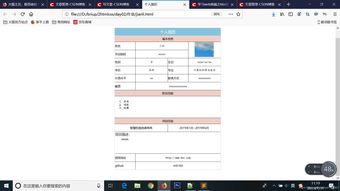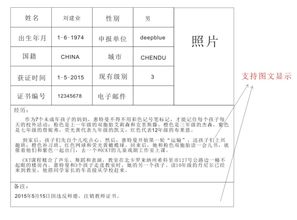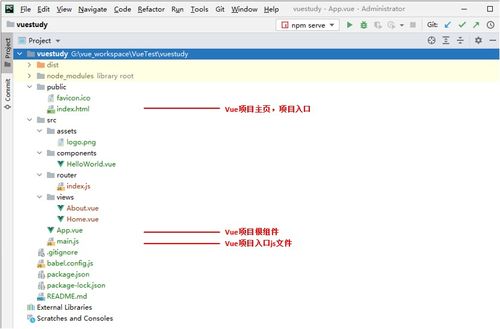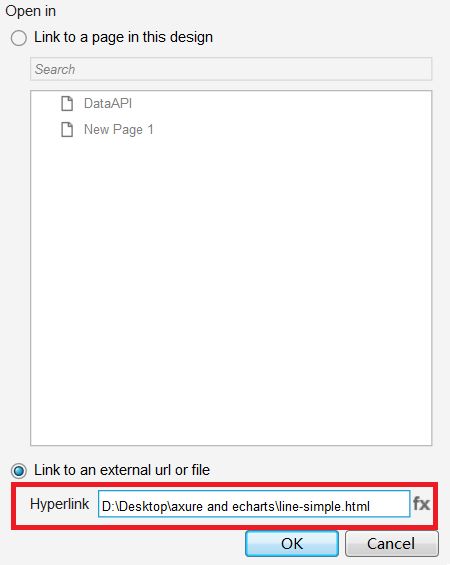```html body { fontfamily: 'Arial', sansserif; fontsize: 16px; } .mycustomfont { fontfamily: 'Times New Roman', serif; fontsize: 20px; fontweight: bold; }
This is a paragraph with the default font.
This is a paragraph with a custom font.
2. 使用外部CSS文件创建一个外部CSS文件(例如 `styles.css`),并在HTML文档的 `` 部分引用它。
```css/ styles.css /body { fontfamily: 'Arial', sansserif; fontsize: 16px;}.mycustomfont { fontfamily: 'Times New Roman', serif; fontsize: 20px; fontweight: bold;}```
```html
This is a paragraph with the default font.
This is a paragraph with a custom font.
3. 使用 `@fontface` 规则如果你想要使用自定义字体,你可以通过 `@fontface` 规则来定义它。
```css@fontface { fontfamily: 'MyCustomFont'; src: url;}
body { fontfamily: 'MyCustomFont', sansserif;}```
```html@fontface { fontfamily: 'MyCustomFont'; src: url;}
body { fontfamily: 'MyCustomFont', sansserif;}
This is a paragraph with the custom font.
确保 `mycustomfont.ttf` 文件位于正确的路径,并且浏览器能够访问到它。
4. 使用内联样式你还可以直接在HTML元素上使用 `style` 属性来设置字体。
```html
This is a paragraph with inline styles.
以上是一些基本的HTML字体设置方法。你可以根据需要调整字体类型、大小、样式等属性。
设置字体名称









